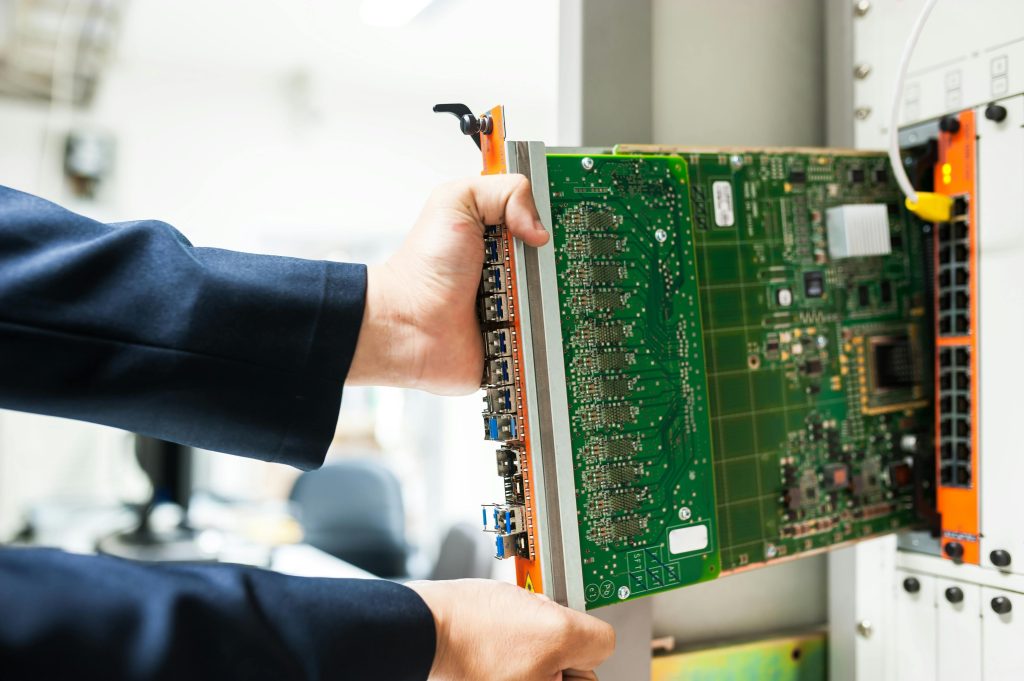Title: Resolving BIOS Flashing Challenges and Maintaining Mining BIOS Persistence on AMD Radeon RX 570
Introduction
Upgrading or reverting BIOS versions on graphics cards can sometimes pose unexpected difficulties, especially when dealing with used or modified hardware. This article explores a common scenario involving an ASRock RX 570 4GB Phantom Gaming edition, where attempts to flash the original BIOS are seemingly successful but ultimately unsuccessful in replacing an existing mining BIOS. We will analyze potential causes and suggest effective strategies to ensure a successful BIOS update.
System Specifications
- GPU: ASRock RX 570 4GB Phantom Gaming
- CPU: AMD Ryzen 5 1600AF
- Motherboard: ASUS Prime A320MK
- Memory: 16GB Kingston Fury DDR4 2666MHz
- Power Supply: Thermaltake Smart 430W 80+ White
- Case: Off-brand case (ASF Sentey)
- Operating System: Windows 11 Pro (version 24H2)
- GPU Driver: AMD Radeon Adrenalin Edition 25.5.1
Background
The user acquired a second-hand RX 570 that contained a custom or mining BIOS. Mining BIOS versions are often optimized for mining performance and may differ from the factory firmware, sometimes locking certain functionalities or preventing easy modifications.
The user attempted to revert the BIOS using AMDVBFLASH, a widely used utility for flashing AMD GPUs. Despite multiple attempts with different versions of the software (v2.93 and v3.20) and employing the force flag (-f), the process completed without errors. However, upon reboot, GPU management tools like GPU-Z continued to report the mining BIOS version, indicating the original BIOS was not effectively restored.
Challenges Encountered
-
BIOS Write Protection:
Some graphics cards implement hardware or firmware-based write protection mechanisms that prevent modifications to the BIOS region, especially if the card was originally designed for mining or flashed with a custom BIOS. -
Absence of a Dual BIOS Switch:
While many gaming and mining cards feature dual BIOS chips or switches for easy recovery, this particular model lacks such an option, complicating recovery efforts. -
Inability to Override the Existing BIOS:
The physical hardware or firmware might be enforcing a lock, making software-based flashing insufficient.
Strategies for Successful BIOS Restoration
1. Confirm BIOS Lock Status
Utilize tools like AIDA64
Share this content:



